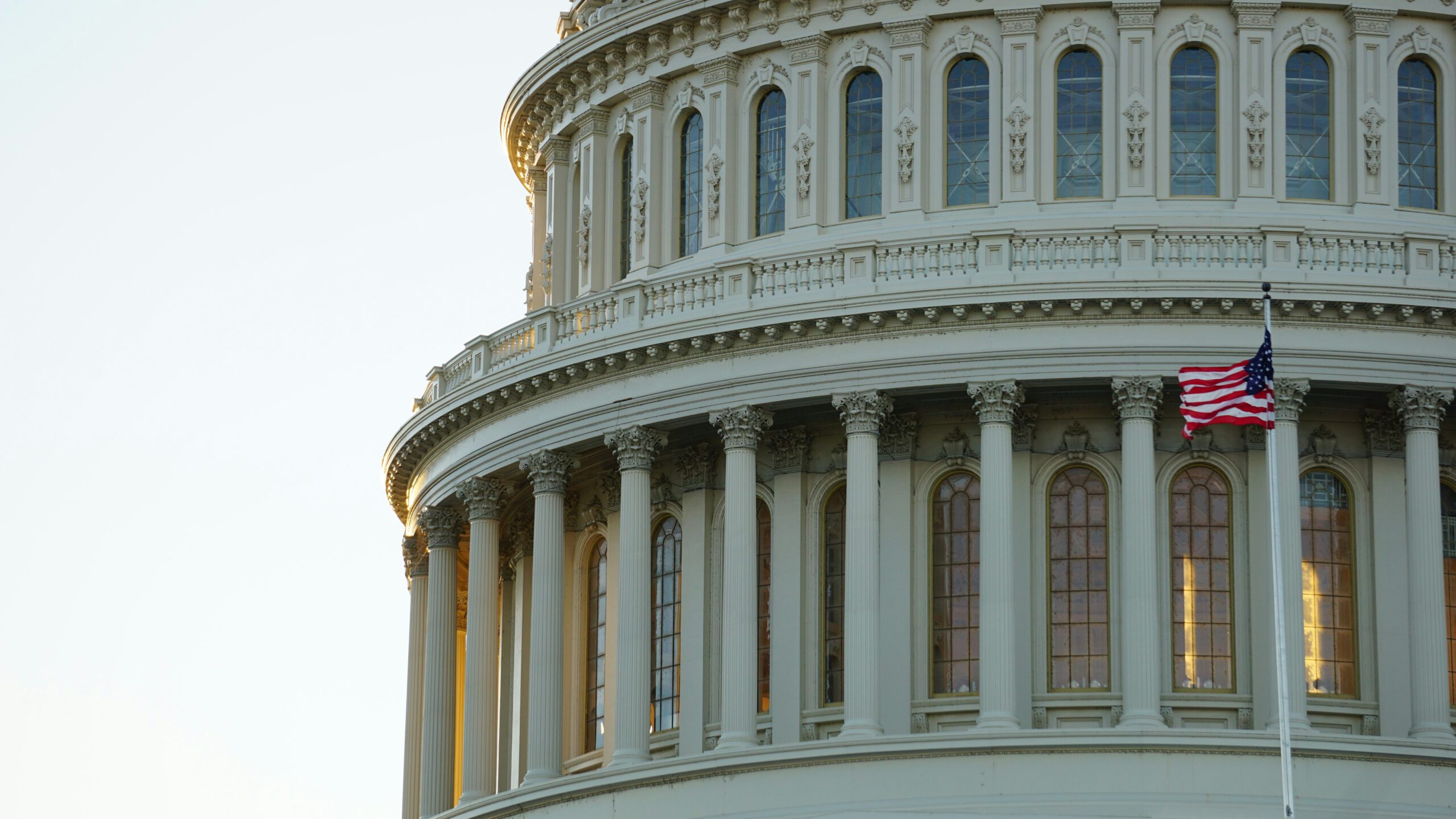Note: This was first published as a newsletter to our email subscribers. Be the first to see new content like this by signing up for emails!
It’s March, and we felt the flurry of federal actions that could affect funding warrants a double scoop this month. Federal funds loom large in the state budget and flow to nonprofits, local governments, health care providers, universities, and individuals all across Tennessee. So, in this edition, we’re sharing resources to help you cut through the noise on who’s doing what and what it all means.
What The President Is Up To
- Executive Orders ~ The White House posts every executive order issued by President Trump. While Congress holds the power of the purse, these orders and other actions have affected the timing of federal payments and policies within funded programs (e.g., overhead costs for NIH research grants at institutions like the University of Tennessee). Meanwhile, efforts to scale back the size and footprint of the federal workforce could also affect the timely distribution of federal funding and how citizens access and interact with government programs and services.
- Status Updates ~ The status of these actions, how they’re being implemented, and lawsuits filed in response are constantly changing. Here’s a rundown of some of the best trackers we found:
- General ~ The National Conference of State Legislatures is tracking and summarizing executive actions with direct implications for states, while the National Council of Nonprofits similarly follows those with potential effects on nonprofit organizations. For deeper dives, some DC-area law firms are adding additional analyses and updates alongside their trackers—like this one from Sheppard Mullin (a list of others can be found here).
- Federal Funding ~ The AP is tracking lawsuits related to federal funding actions at a high level, while this tracker from Just Security provides more detailed overviews and case summaries (filter by “Government Grants”).
- Federal Workforce ~ CNN and GovExec are tracking layoffs by federal agency, while the AP and Just Security (filter by “Structure of Government”) are tracking related litigation.
Rated G for Graphic
Before jumping into the Congressional budget process, take in this chart comparing federal revenues and spending (i.e., outlays) and types of federal spending (i.e., mandatory vs. discretionary).
The Federal Budget in Fiscal Year 2023

Source: Congressional Budget Office
What Congress Is Up To
- Tracking the Budget ~ All the resolutions and bills for each year’s federal budget process are compiled and tracked at Congress.gov.
- FY 2025 Spending Plan ~ Congress gave its final approval for discretionary funding and a few mandatory items through the end of federal fiscal year 2025 (i.e., October 1, 2024–September 30, 2025) last week. We recommend this summary from the Council of State Governments.
- The Bigger Budget Picture ~ Congress is also taking steps to extend the expiring 2017 tax cuts (a signature policy of the first Trump administration) while reducing federal spending. The House passed a budget resolution that gets the process started and paves the way to use budget reconciliation to do it—a move that bypasses the Senate’s 60-vote requirement. The House plan would add $3.3 trillion to the nation’s debt compared to current law. The Senate has yet to get on board as Republicans work through a number of internal sticking points.
- A Long Road Ahead ~ At the federal level, a budget resolution is one step in a long process. It is a “blueprint to guide Congressional action,” is not actually law, and does not itself change taxes or spending. The House resolution, for example, directs committees to recommend legislation that would achieve specific federal deficit targets (see the table below). As a result, it’s hard to know right now what it could mean for states—much less Tennessee. For example, the numbers suggest that Medicaid (i.e., TennCare in Tennessee) would be on the chopping block, but what that would look like in practice is not yet clear.

Source: Bipartisan Policy Center
Extra Credit
- T as in Trillion ~ None of the proposals in question would chip away at the $36 trillion national debt. Soooo…what would it take to reduce the deficit—or, at the very least, balance the federal budget? Give this simulator a try.
- Huh? ~ Did we use too many new budget terms? We’ve got you. Dive into the Congressional budget process here.
Homework
- In the coming weeks, we plan to provide additional resources and context for what federal actions could mean for Tennessee state policy. Tell us: what kind of information would be helpful for your work?

